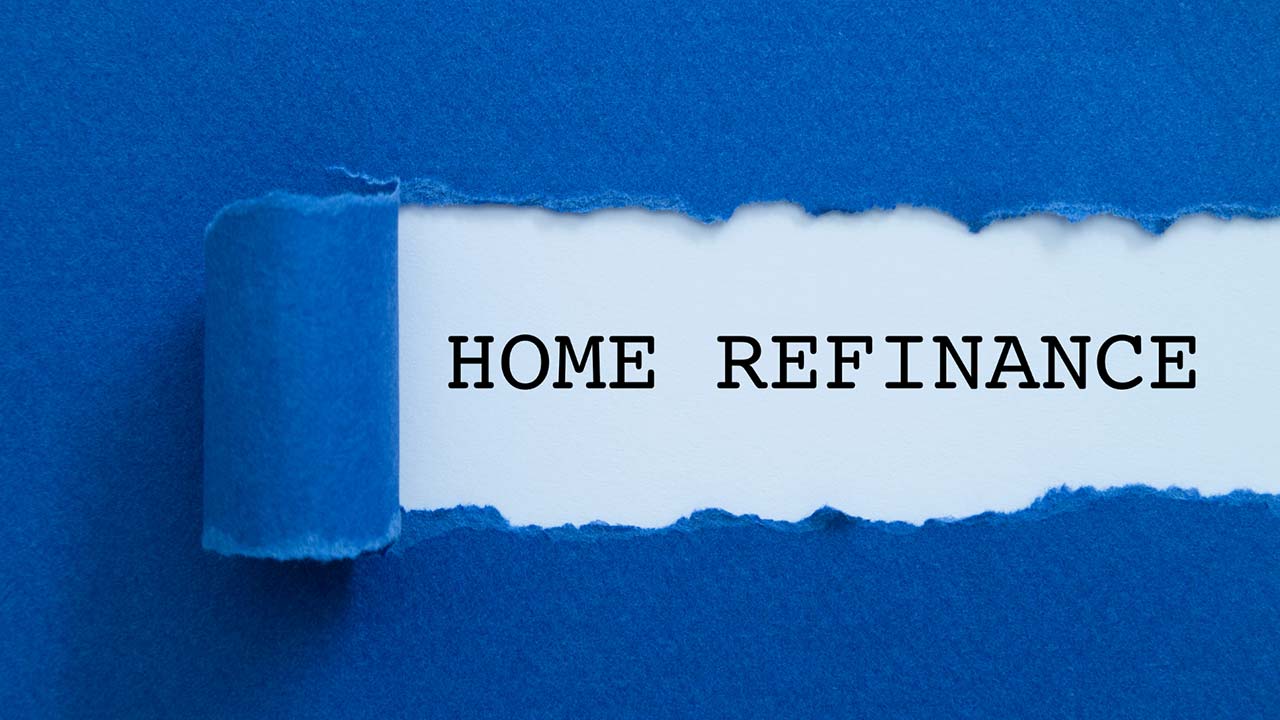Buying a home is a life-changing decision, one that requires careful planning and consideration. Prospective homeowners often have to prepare for a long time to make sure that they are financially stable enough to support this new project and make sure that they can see the whole process of acquiring a home to its completion.
However, life can throw curveballs now and then, and some circumstances will force buyers to revaluate their budget, expenses, and financial commitments. When the going gets tough or if they find a better deal in the market, home buyers might even have to rethink how they’re going to manage their mortgage and complete the purchase given their current situation, resources, and time. In this case, it’s a good idea to think about refinancing.
What Is Refinancing and Is It the Right Choice?
To put it simply, refinancing a mortgage means obtaining a new loan so that you can pay for an existing loan. There are many reasons why prospective homeowners refinance their loans. The buyer’s financial situation may have changed, for one. For another, they may have taken multiple loans to afford their home and they want to consolidate it into one loan for easier tracking and management. It’s also possible that a buyer has found a financing option that offers better interest rates and terms, so they want to switch to this financial product instead of sticking with the one they initially signed up for. Once their new loan application has been approved, they can take out a loan to pay for their old loan and make the most out of the terms of their new loan.
Before jumping on the option to refinance a home loan, it’s a good idea to crunch the numbers first and make sure that switching to this new loan makes complete financial sense. The process of switching from one loan to another has its costs, and it’s important to look into the fees that the borrower has to pay to switch from one loan program to another. Borrowers who are switching from one lender to another need to be aware of early termination fees, valuations fees, loan establishment fees, and other types of costs that they can incur.
To determine which loan best fits the borrower’s current financial situation, it’s a good idea to compare the terms of the old loan with that of the new one. At this point, the borrower can hire a real estate agent to help them analyse and compare the loan products that they have in front of them and what they can expect in the future if they go with one option over the other. This will help them decide once and for all whether they will keep their old loan terms or if they stand to benefit by switching to new loan terms.
How Do Home Buyers Refinance a Mortgage?
Refinancing a mortgage starts with choosing the right loan product for a particular borrower. If they already have their eyes set on a particular loan, they can initiate the process by checking out and submitting all the required documentation. Basically, this means applying for a new loan. Some of the information that a potential lender might ask for include proof of the borrower’s income, the borrower’s assets aside from the house in question, details of their everyday expenses, and the borrower’s credit history.
Once the documents are ready, the home buyers can submit the lender’s requirements. At the same time, they need to get in touch with their original lender and inform them that they have decided to switch to a different lender. Afterwards, the previous lender will send all of the necessary information about the existing loan in question to the new lender. With this information, the new lender can assume the borrower’s responsibility to the previous lender.
Once every detail has been ironed out, the new lender will inform the borrower that their refinancing loan has been approved. After signing the necessary papers, they can start settling their loan under the new terms that both the borrower and lender agreed to. At the same time, the borrower needs to sign documents from their previous lender as proof that they no longer have obligations to fulfil for their previous loan. The refinancing loan has taken care of this financial responsibility, and the borrower only needs to direct their payment to their new lender.
These days, processing refinancing loans in Australia is a pretty straightforward process, quite a stark difference from how things were done a few years back. It’s possible to finish applying for a home loan or switching from one lender or loan program to another in just two to four weeks. Borrowers can easily put their plans into action as soon as they have made a decision, so they can take as much time as they need to think about how they want to complete the payment of their mortgage.
Just got your house refinanced and looking for a new home or investment home? Get in touch with Gerard Partners today!

